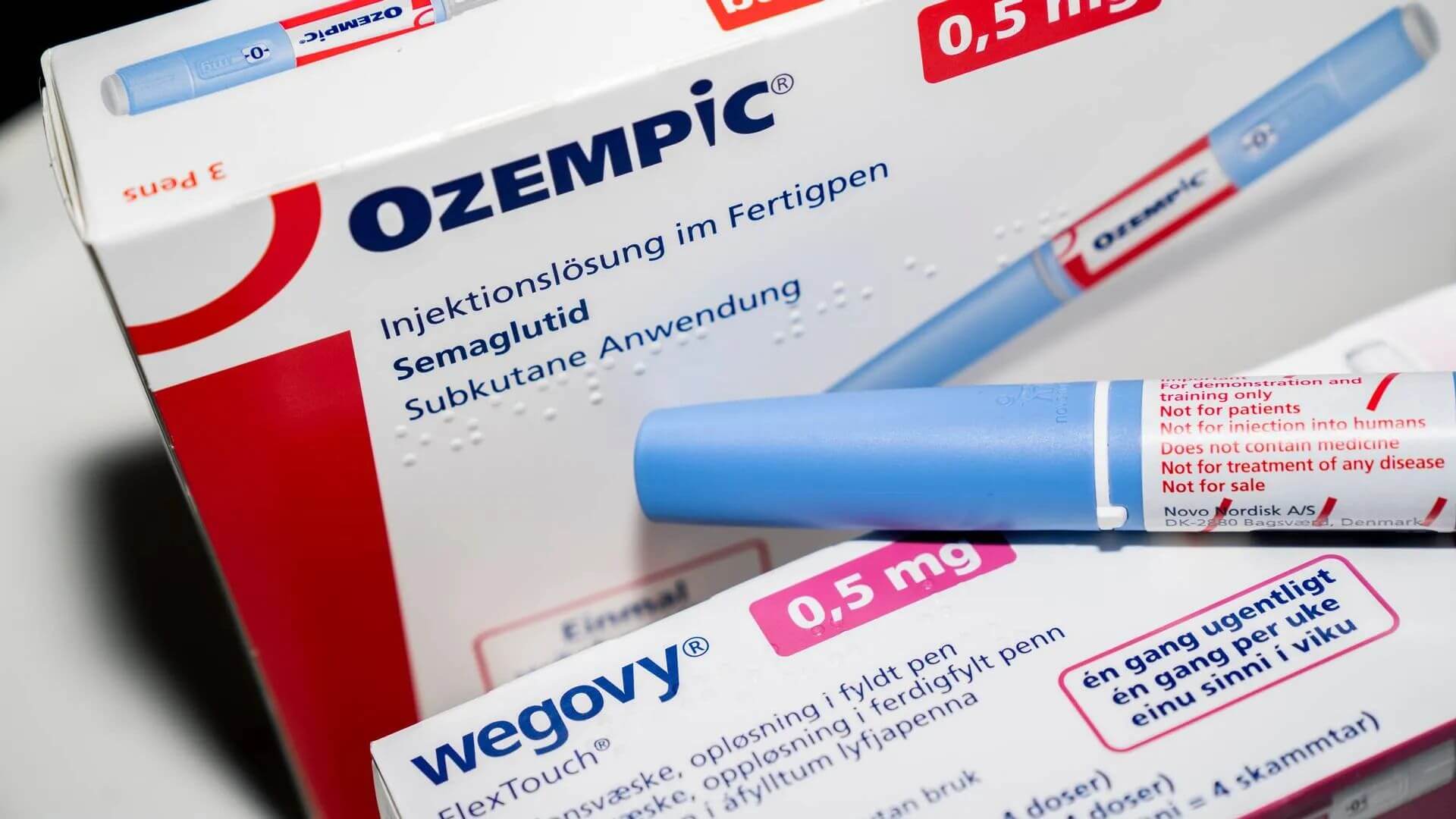Those words sound very conclusive and absolute. It's a particularly well studied compound. But as with all other natural derived supplements, you must be careful in interpreting results due to the chemical variance of various extract methods containing different phytochemicals and varying degrees of bioavailability ... Not to mention that also one whole bark powder, not extract, might contain a vastly different chemical makeup then another too.
Yes, really. It's quite effective. It has a lot of similarities with glp1 agonists, as it's a DPP-4 inhibitor. However, since it actually increases insulin sensitivity, what you see in studies is actually a reduction in postprandial insulin secretion coupled with improved BG management. What a true insulin sensitizing agent should do. Some trials show it doesn't effect T2D's post prandial glucose, at least not at the beginning of the trial. Not quite sure why that is, but it looks like it drops insulin too much and actually increases glucagon. This is one such example:
I had a month or two trial with it and I had zero appetite, couldn't eat at all. Certainly ymmv, but me, I'm really sensitive to incretins appetite reduction effects. Me personally, it also lowered my BG too aggressively.
Here is an excerp of a recent summary:
Rafehi et al. [45] suggested several potential mechanisms for low GI impact by Cinnamon including activation of phosphorylation of insulin receptors β-subunits; increased expression of GLUT 4, increase in (Glucose transporter) GLUT 1 mediated glucose uptake, increase in GLP-1, increase in PPAR, inhibition of intestinal α-glucosidase and pancreatic α-amylase, inhibition of gluconeogenesis, and delay of gastric emptying [45].
Extracts of cinnamon can activate glucogen synthase, activate insulin receptor kinase increase glucose uptake, inhibit glucogen synthase kinase-3 and inhibit dephosphorylation of the insulin receptor, leading to maximal phosphorylation of the insulin receptor. Insulin sensitivity will be increased by cinnamon as a result of above-mentioned mechanism [46]. Also by inhibiting insulin receptor phosphatase, it leads to increase insulin sensitivity [47].Cinnamaldehyde derived from C. zeylanicum also can reduce plasma glucose concentration via insulin secretion from pancreatic β-cells [25] and reduce HbA1c levels more effectively in streptozotocin-induced diabetic rats [17]. Cinnamaldehyde has the ability to reduce plasma glucose levels more effectively than metformin. Based on an in vivo study, Babu et al. [25] claimed that cinnamaldehyde can restore the altered plasma enzyme, such as aspartate aminotransferase, alanine aminotransferase, lactate dehydrogenase, alkaline phosphatase, and acid phosphatase levels closer to the normal level [25]. Hlebowicz et al. [48] claimed that intake of cinnamon could increase postprandial glucagon-like peptide-1 concentrations decrease insulin concentrations, and stimulate the insulin receptor [48]. Cinnamon is concentrated with highly bioactive compounds. Bioactive compounds available in cinnamon oil enhance the protein expression that plays a major role during insulin signaling, glucose transporting, and the regulation of dyslipidemia [49].
Cinnamon: Potential Role in the Prevention of Insulin Resistance,Metabolic Syndrome, and Type 2 Diabetes

 thinksteroids.com
thinksteroids.com

 thinksteroids.com
thinksteroids.com



